The 7 Principals of Interior Design
Ever wonder why some spaces feel so effortless and pulled together? Well, there are actually some rules (we hate that word) to design, believe it or not. Following these 7 principles of interior design are the key to achieving a perfectly designed interior, so let’s dive in!
Principal #1: Balance
Balance is all about equally distributing visual weight in a space. There are 3 types- symmetrical, asymmetrical, and radial. Symmetrical balance perfectly mirrors a space if it were split down the middle. The dining room in our Cedar Park Chill project is a great example of this. Asymmetrical balance is achieved through distribution of visual weight as opposed to mirroring. Consider a sofa across from two chairs or the visual balance of a gallery wall with several frame sizes. And finally radial balance uses a central point and distributes furniture or objects around it. A great example of this would be a circular dining table in a dining room.
Principal #2: Harmony
Harmony is the unification of elements within a space to create a complete message , mood or concept. A simple way to achieve harmony in a space is by creating and following a color palette with primary colors that lead in the space and secondary colors to accompany.
Consider form as well when designing your space. Leaning into organic forms or geometric designs can create its own message for the space.
This image from our Cedar Park Chill project has emphasis on organic forms including the artwork, credenza hardware, vase and bowl. The lamp is more structured and geometric however its black base and white shade tie effortlessly back into the overall design.
Principal #3: Proportion & Scale
Scale speaks to how an object’s size relates to another object’s size, or the overall space. For example, if you have a small living room, the last thing you’d want to do is force a large couch, matching coffee table, armoire, large paintings and a few lounge chairs into the space. Instead, choose one focal piece and add smaller accent elements so not to overcrowd the room.
Proportion considers how items relate to each other within the space. Spacing, shape and color are in play when it comes to scale.
Principal # 4: Rhythm
Rhythm uses repetition of color, shape or texture throughout a design. Rhythm helps carry your eye around the space, similar to a painting or the auditory sensation from listening to music.
In our Barton Hills project we created repetition of shape using a circular dining table, circular lighting fixture, and chairs with a curved back that continue the visual effect of circles radiating outward. The color orange is also repeated on the gallery wall, the tangerines on the tabletop and the warm gold hue on the interior of the lighting fixture.
Principal #5: Emphasis
Emphasis directs visual attention towards one specific object or area within a space. The emphasis can be pre-existing, like a wall of windows, a unique fireplace, or built-ins, or you can create one through artwork, a statement lamp, accent wall, etc.
In our Eastside Bachelorette project we used artwork to create an emphasis. The large Marilyn Monroe canvas with a bright red background gives the eye a place to settle, and the red is also carried to other areas of the room creating Rhythm.
Principal #6: Contrast
Like a YinYang, contrast brings opposing elements together within a space. This can apply to color, texture, aesthetic and overall style, and shape. Opposites bring dimension and interest to the room, such as the dark and light color palette used in our Cedar Park Chill project. The light wood niche shelving and dark stone bath surround below is also a wonderful example of contrasting materials and tones joining to create beauty.
Principal #7: Details
Details make the design. Have you ever walked into a home and had the internal dialogue of “jeez, does anybody even live here?” Forgetting to add smaller details and accessories to a room can make it feel stale, boring, and cold. Personal touches and decorative accents make a house a home so it’s important to incorporate them into your space. Coffee table books, greenery, candles, baskets, and even throw pillows are all great examples of detailed elements. Framed photographs, vases, and seasonal florals are a few more to consider. Shop some of our home decor favorites here and here!
Whew! That was a lot. Hopefully this has left you feeling confident & ready to tackle your design on your own. Considering each principle and the way in which they relate to each other will change the way your space feels and affect how to display the items you love most.
If you still find yourself struggling to unite the elements within your home we can help! Get in touch and we’ll help lead the way to your new kozy design.
Stay Kozy,
Kristin



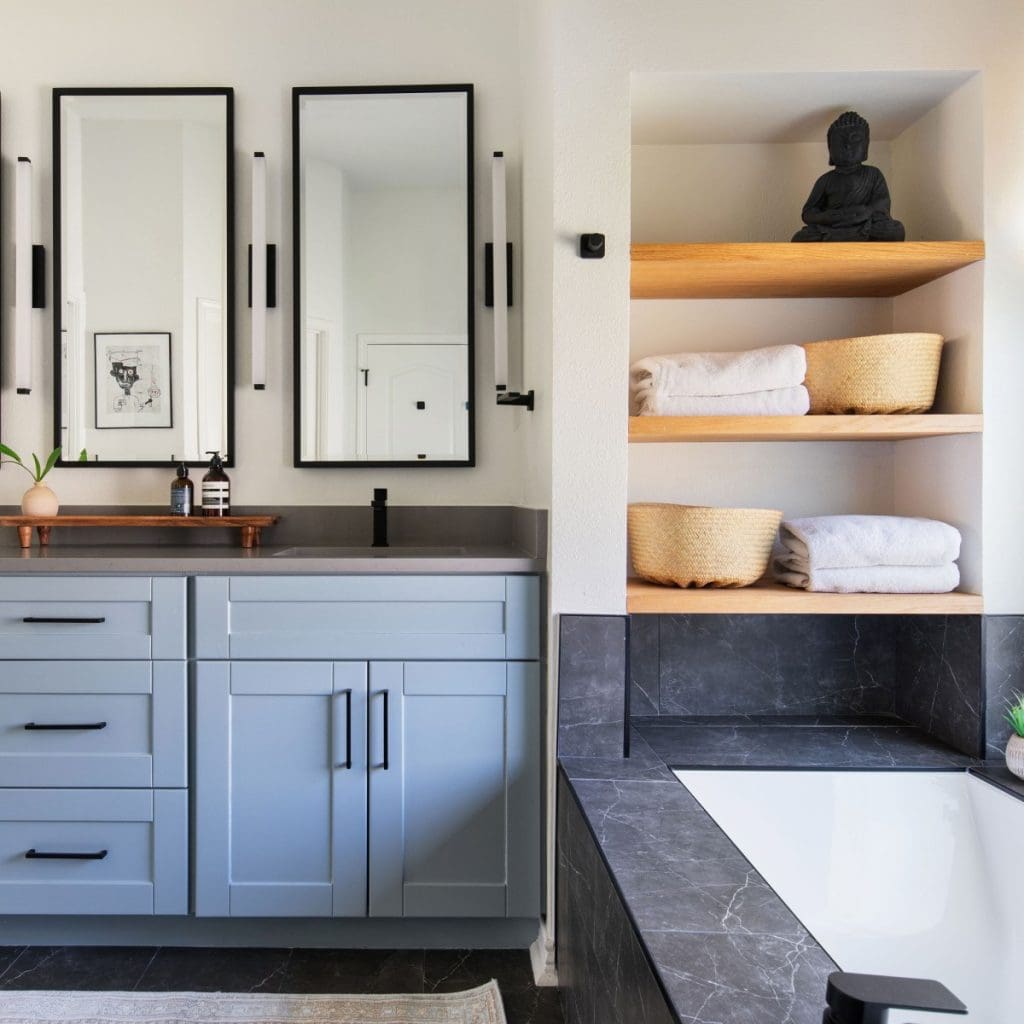

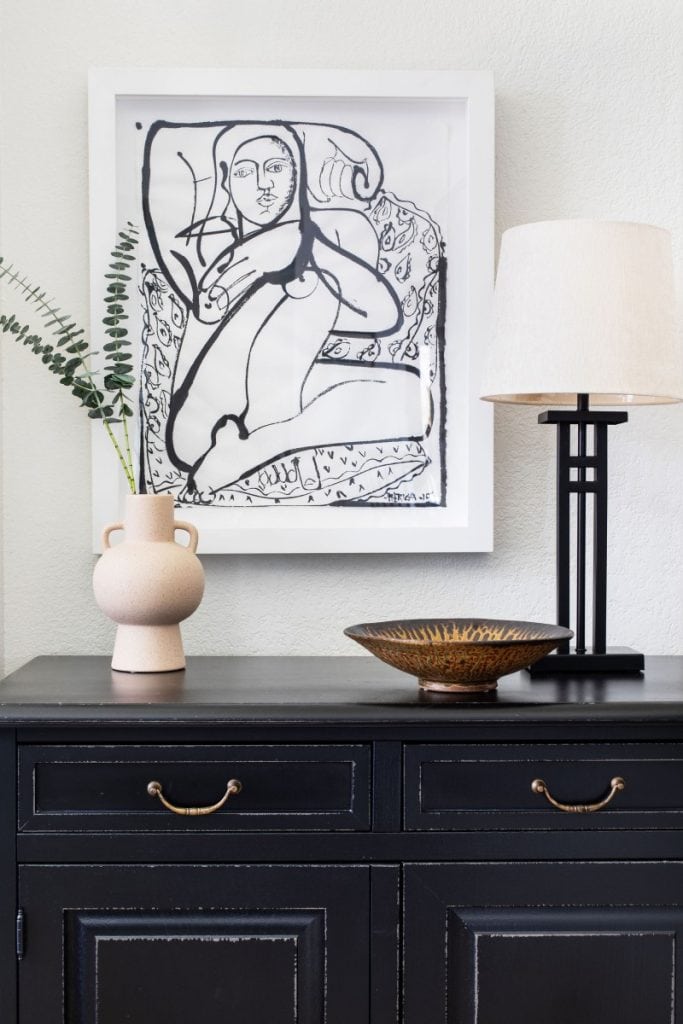

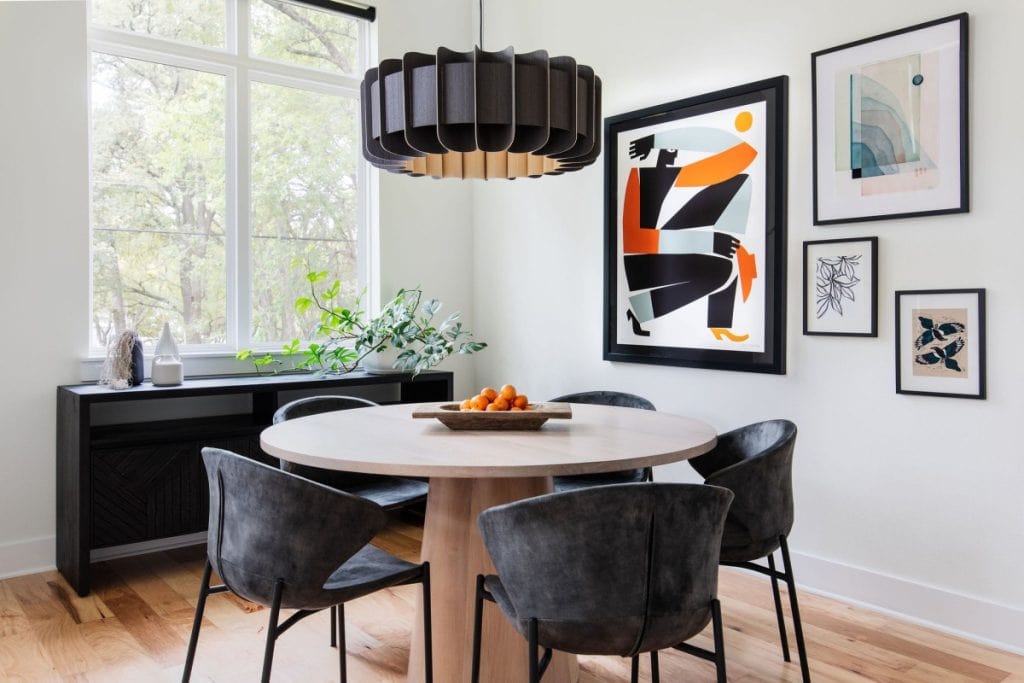
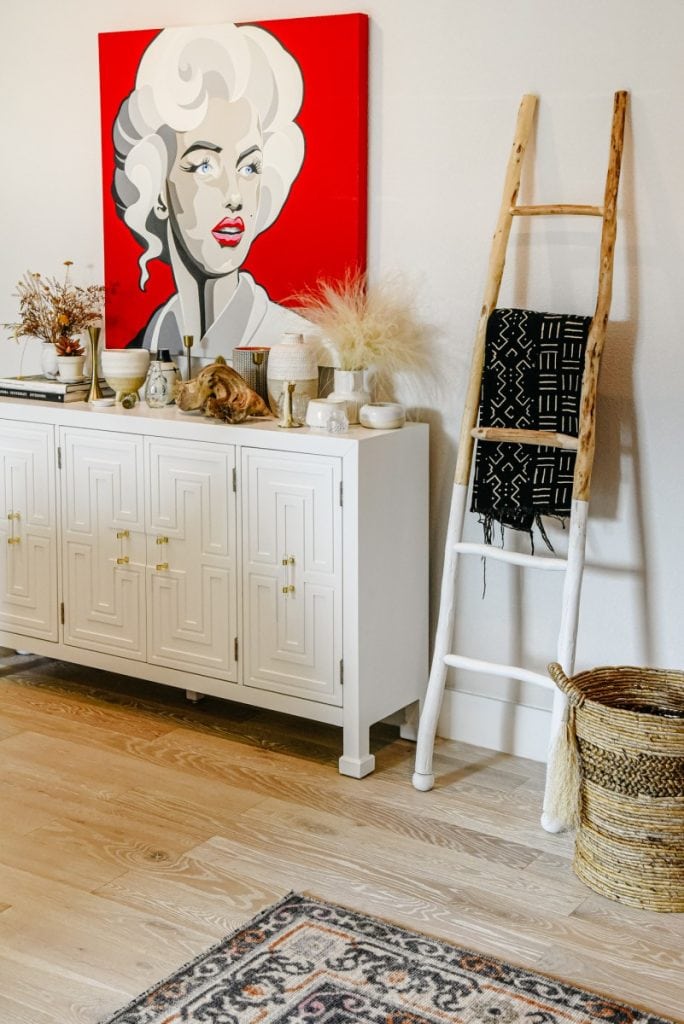
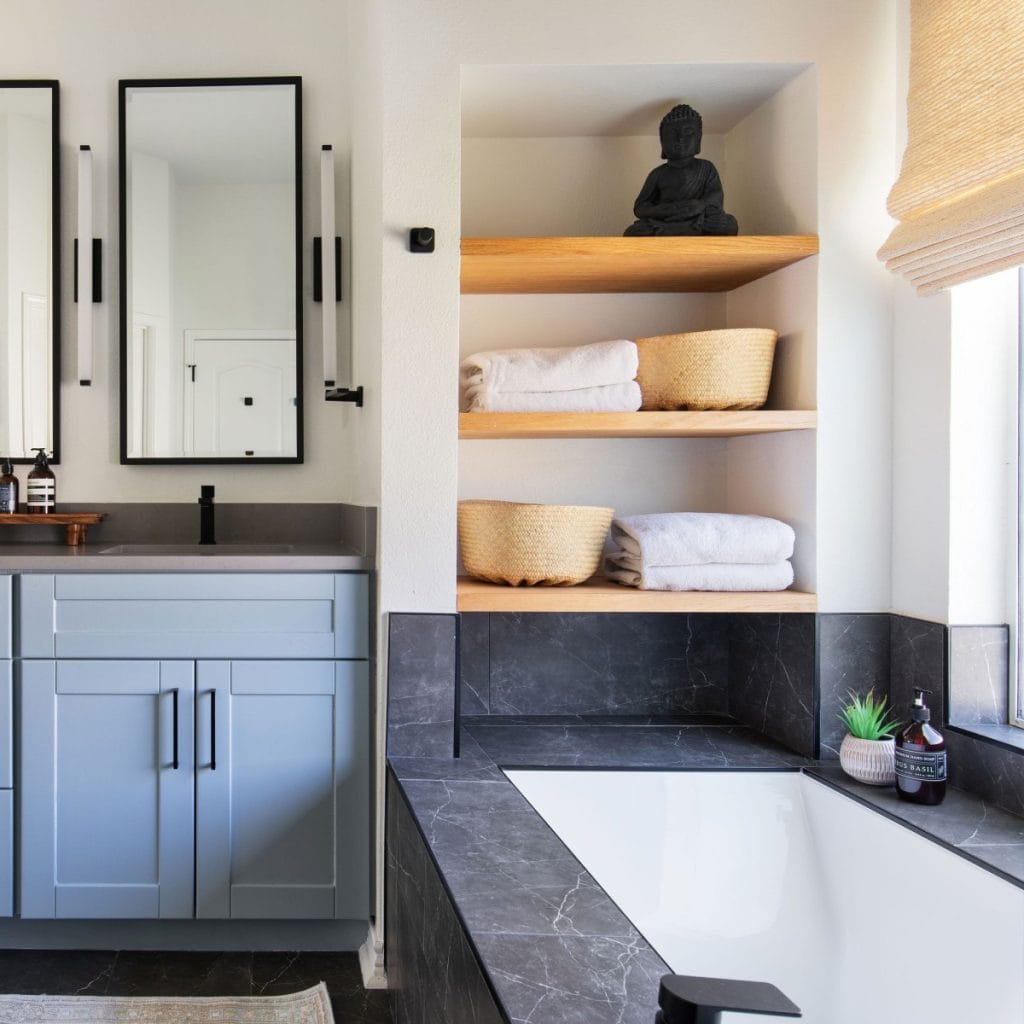

1 thought on “The 7 Principals of Interior Design”
Pingback: Embracing Hippie Core: A Journey into Bohemian Interior Design - KozyKasa